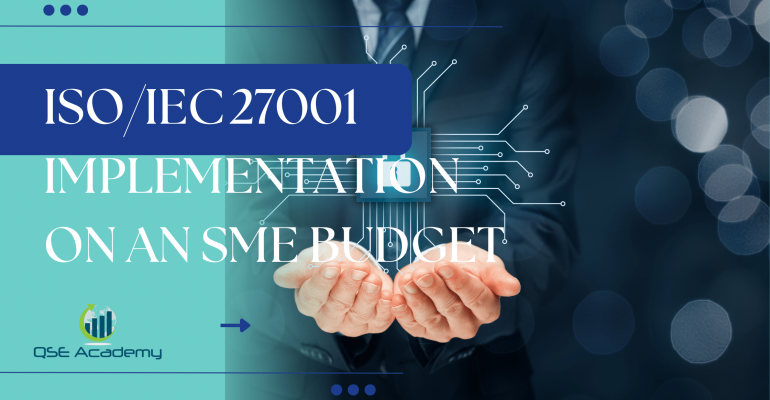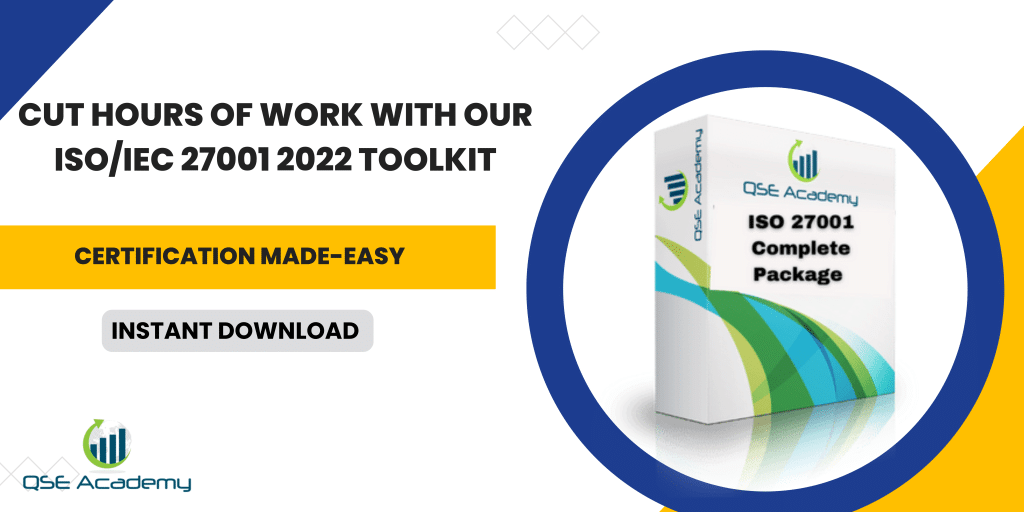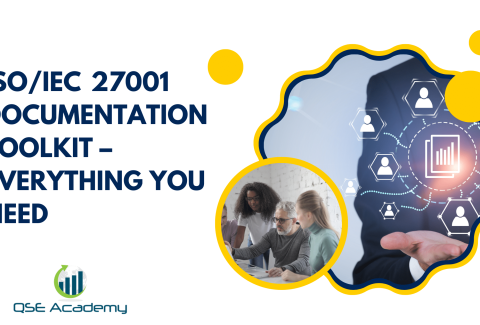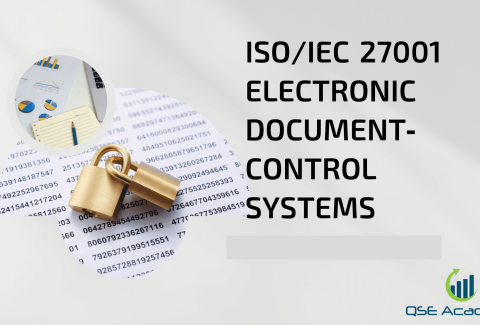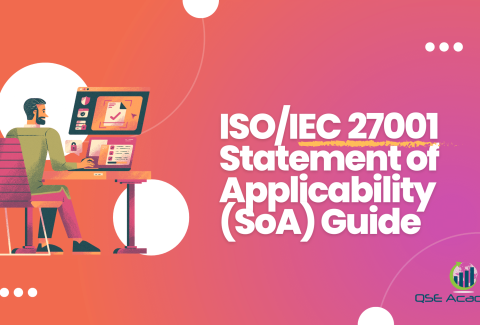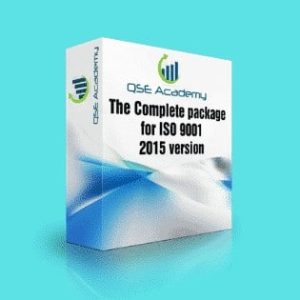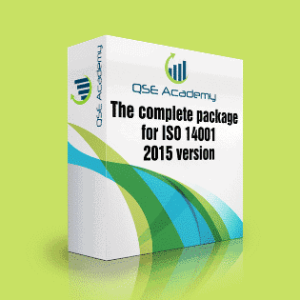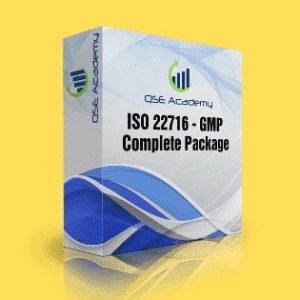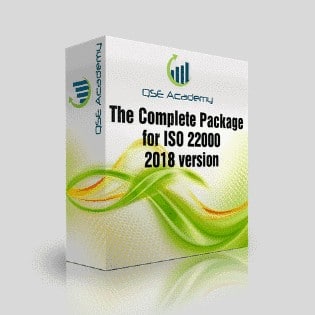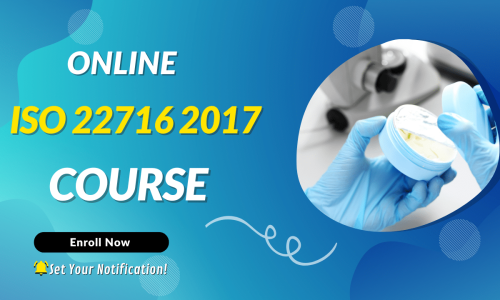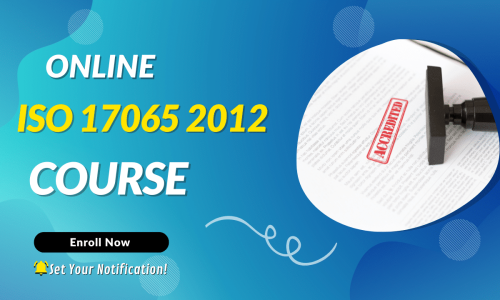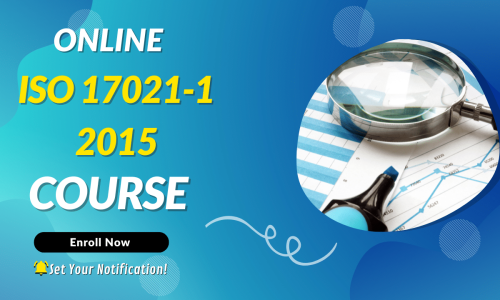ISO/IEC 27001 Implementation on an SME Budget
Last Updated on September 30, 2025 by Melissa Lazaro
Why ISO/IEC 27001 Matters for SMEs
When people think of ISO/IEC 27001, they often picture large corporations with dedicated compliance teams and endless budgets. The reality is that small and medium-sized enterprises (SMEs) face the same information security risks—sometimes even bigger ones—because they’re often seen as easier targets.
For SMEs, certification isn’t just about ticking a compliance box. It’s a practical way to protect customer data, reduce the risk of costly incidents, and build trust with partners and clients who increasingly expect security standards to be in place. In many industries, having ISO/IEC 27001 certification is the difference between winning new contracts or being left out of the competition.
Key Reasons SMEs Benefit from ISO/IEC 27001
| Benefit | Why It Matters for SMEs |
|---|---|
| Customer Trust | Certification shows clients their data is protected. |
| Competitive Advantage | Many RFPs now require ISO/IEC 27001 certification. |
| Risk Reduction | Protects against data breaches, downtime, and financial loss. |
| Regulatory Alignment | Supports compliance with GDPR, data protection, and sector regulations. |
| Business Continuity | Improves resilience against cyberattacks and operational disruptions. |
Pro Tip: For SMEs, the most immediate business benefit is often commercial. A relatively small investment in certification can quickly pay off by opening doors to larger clients who require evidence of security practices.
I’ve worked with SMEs where the certification project was triggered not by a data breach, but because a major client asked for proof of information security controls. Within a year, the certification not only satisfied that client but also helped them secure new deals with other partners who valued the assurance ISO/IEC 27001 provides.
Bottom line: ISO/IEC 27001 isn’t only for the big players. For SMEs, it’s a way to protect what matters, grow with confidence, and show the market you take security seriously.
Cost Drivers in ISO/IEC 27001 Implementation
One of the biggest concerns SMEs have when considering ISO/IEC 27001 is cost. The good news is that certification doesn’t have to be out of reach. By understanding where the money goes, you can make smarter choices and avoid overspending on areas that don’t add real value.
Main Areas That Drive Cost
-
Consultancy and External Support
-
Many SMEs bring in consultants to speed up implementation or provide expertise.
-
Costs vary widely depending on how much of the work you outsource.
-
-
Training and Awareness
-
Employees need awareness training, and some staff may require deeper knowledge of ISO/IEC 27001.
-
This can be done affordably with online courses and in-house sessions.
-
-
Documentation and Tools
-
Drafting policies, procedures, and records can be done internally with templates, or outsourced to consultants.
-
Specialized ISMS software is available, but many SMEs use existing platforms (SharePoint, Google Drive, Confluence) to keep costs down.
-
-
Certification Audit Fees
-
Paid directly to a certification body.
-
The cost depends on company size, scope of certification, and number of audit days required.
-
Typical SME ISO/IEC 27001 Cost Breakdown
| Cost Area | Low Budget Option | Mid-Range Option | Higher Range Option |
|---|---|---|---|
| Consultancy/External Support | DIY with templates: $0–$5k | Partial support: $5k–$12k | Full outsourcing: $15k+ |
| Training & Awareness | Free resources + internal: <$1k | Online courses: $1k–$3k | External workshops: $5k+ |
| Documentation & Tools | Free/paid templates: $500–$2k | Mix of templates + tools: $3k–$6k | Dedicated ISMS software: $10k+ |
| Certification Audit Fees | $5k–$8k | $8k–$12k | $12k–$20k+ |
Pro Tip: The biggest variable is consultancy. SMEs that build internal knowledge and only use consultants for targeted support usually keep costs much lower.
Bottom line: the total cost for an SME usually ranges between $8,000 and $20,000, depending on how much support you bring in and how lean you keep your documentation and tools.
Budget-Friendly Strategies for ISO/IEC 27001 Implementation
Implementing ISO/IEC 27001 doesn’t mean draining your budget. SMEs can achieve certification by being smart about where to invest money and where to use existing resources. The key is focusing on what’s essential and avoiding shiny but unnecessary extras.
Practical Cost-Saving Strategies
| Area | Budget-Friendly Approach | Why It Works |
|---|---|---|
| Documentation | Use ready-made ISO/IEC 27001 templates instead of writing from scratch. | Saves time and consultant hours while keeping compliance intact. |
| Consultancy | Hire external experts only for critical stages (gap analysis, internal audit prep). | Reduces reliance on expensive full-service consulting. |
| Training | Leverage online courses, internal workshops, and free webinars. | Employees still gain awareness without high training costs. |
| Tools | Use existing platforms (Google Drive, SharePoint, Confluence) for ISMS documentation. | Avoids paying for expensive GRC/ISMS software early on. |
| Project Phasing | Focus on high-risk areas and essential controls first. | Keeps initial scope manageable and spreads costs over time. |
| Internal Champions | Assign motivated staff to lead parts of the project. | Builds internal knowledge and reduces consultant dependency. |
Pro Tip: SMEs should prioritize risk assessment and Annex A controls that directly impact their business. Getting these right early creates a strong foundation without unnecessary spending.
I worked with a tech startup that wanted ISO/IEC 27001 but thought they couldn’t afford it. Instead of buying expensive software, they built their ISMS in Google Drive, trained their staff through affordable online courses, and only brought in a consultant for two days to check their documentation. They got certified in under a year—at a fraction of the cost they originally feared.
Bottom line: with the right strategy, SMEs can achieve ISO/IEC 27001 without overspending. It’s about making targeted investments where they add real value, and keeping everything else lean.
Step-by-Step ISO/IEC 27001 Implementation Roadmap for SMEs
For SMEs, the key to affordable ISO/IEC 27001 implementation is breaking the project into clear, manageable steps. Instead of trying to do everything at once, phase the work so you can spread costs, focus resources, and build confidence along the way.
SME-Friendly ISO/IEC 27001 Roadmap
| Phase | Key Activities | Typical Timeline | Resources Needed |
|---|---|---|---|
| 1. Define Scope & Buy-In | Agree ISMS scope, secure management commitment | 1–2 weeks | Management team, ISMS lead |
| 2. Gap Analysis | Review current practices vs. ISO/IEC 27001 requirements | 2–3 weeks | Internal lead, optional consultant |
| 3. Risk Assessment | Identify and evaluate information security risks | 3–4 weeks | ISMS lead, department heads |
| 4. Risk Treatment Plan | Decide controls (Annex A), draft Statement of Applicability | 2–3 weeks | ISMS lead, IT, HR, Legal |
| 5. Documentation | Draft policies, procedures, records (using templates) | 4–6 weeks | Internal staff + templates |
| 6. Training & Awareness | Run awareness sessions, role-based training | 2 weeks | HR + ISMS lead, e-learning platform |
| 7. Internal Audit | Conduct internal audit to check readiness | 2 weeks | Internal auditor or external support |
| 8. Management Review | Hold formal review meeting, address gaps | 1 week | Top management, ISMS lead |
| 9. Certification Audit | Stage 1 (readiness) + Stage 2 (certification) audits | 1–2 months | Certification body, ISMS team |
Pro Tip: Don’t over-engineer the roadmap. Start small—focus on the minimum documentation and risk-based controls you need. You can mature and expand the system after certification.
One SME I supported spread their roadmap over 9 months. They focused on one phase per month, aligning it with their existing business calendar. This not only kept costs predictable but also prevented staff from feeling overwhelmed.
Bottom line: with a phased roadmap, SMEs can implement ISO/IEC 27001 in 6–12 months without breaking the budget—and still end up with a system that’s both compliant and practical.
Common Pitfalls SMEs Should Avoid
Even with a smart plan and budget-friendly strategies, some mistakes can derail an SME’s ISO/IEC 27001 journey. The good news is these pitfalls are predictable—and preventable if you know what to look out for.
Typical Mistakes in SME Implementations
| Pitfall | Why It Happens | How to Avoid It |
|---|---|---|
| Overspending on tools/software | Vendors sell expensive ISMS platforms early on. | Start with free/affordable tools (Google Drive, SharePoint). |
| Outsourcing everything | SMEs lack confidence and lean too heavily on consultants. | Build internal champions; use consultants only for gaps. |
| Overcomplicating documentation | Teams think “more pages = more compliant.” | Keep policies lean, practical, and aligned with your scope. |
| Ignoring evidence collection | Focus stays on writing policies, not showing proof. | Track sign-ins, training logs, risk registers from day one. |
| Underestimating staff training | Security seen as “IT-only,” employees not engaged. | Run simple awareness sessions for all staff early on. |
Pro Tip: Think of auditors as investigators—they don’t just want documents, they want evidence of implementation. Start capturing records (like meeting minutes, training logs, or risk assessments) from the very beginning.
I’ve seen SMEs fail Stage 1 audits not because they lacked policies, but because they had no proof that staff were trained or that management reviews had taken place. Simple actions like keeping sign-in sheets or saving emails with policy approvals would have made all the difference.
Bottom line: avoiding these common mistakes keeps your project lean, credible, and audit-ready—without adding unnecessary costs.
FAQs About ISO/IEC 27001 Implementation on an SME Budget
1. How much does ISO/IEC 27001 certification cost for SMEs?
Costs vary depending on company size and scope, but most SMEs spend between $8,000 and $20,000. The largest variable is consultancy—organizations that build internal expertise and only use external consultants for specific tasks usually stay on the lower end.
2. Can SMEs implement ISO/IEC 27001 without hiring consultants?
Yes. Many SMEs use templates, online training, and internal champions to handle most of the work themselves. A consultant can speed up the process and help avoid mistakes, but you don’t need full-time support to succeed.
3. How long does it take SMEs to get certified?
On average, 6–12 months. A small company with clear processes and strong leadership can achieve certification in under a year, especially if they phase the project and focus on essential controls first.
Conclusion: ISO/IEC 27001 Is Possible on an SME Budget
For many SMEs, ISO/IEC 27001 feels out of reach—something only large corporations can afford. The truth is, with the right approach, certification is both achievable and affordable. By focusing on what matters most, avoiding unnecessary costs, and building internal capability, SMEs can protect their business, win new clients, and stay resilient without overspending.
Here are the key takeaways from this guide:
-
ISO/IEC 27001 brings real value to SMEs—trust, risk reduction, and competitive advantage.
-
The biggest cost drivers are consultancy and tools, but smart planning keeps them under control.
-
Budget-friendly strategies like templates, phased projects, and internal champions work.
-
A clear roadmap helps SMEs spread costs over time and stay on track.
-
Avoiding common pitfalls (like overspending on software or forgetting evidence) saves both money and stress.
Next step: Download our SME ISO/IEC 27001 Implementation Toolkit and start building your certification journey today—without breaking the bank.
Melissa Lavaro is a seasoned ISO consultant and an enthusiastic advocate for quality management standards. With a rich experience in conducting audits and providing consultancy services, Melissa specializes in helping organizations implement and adapt to ISO standards. Her passion for quality management is evident in her hands-on approach and deep understanding of the regulatory frameworks. Melissa’s expertise and energetic commitment make her a sought-after consultant, dedicated to elevating organizational compliance and performance through practical, insightful guidance.

